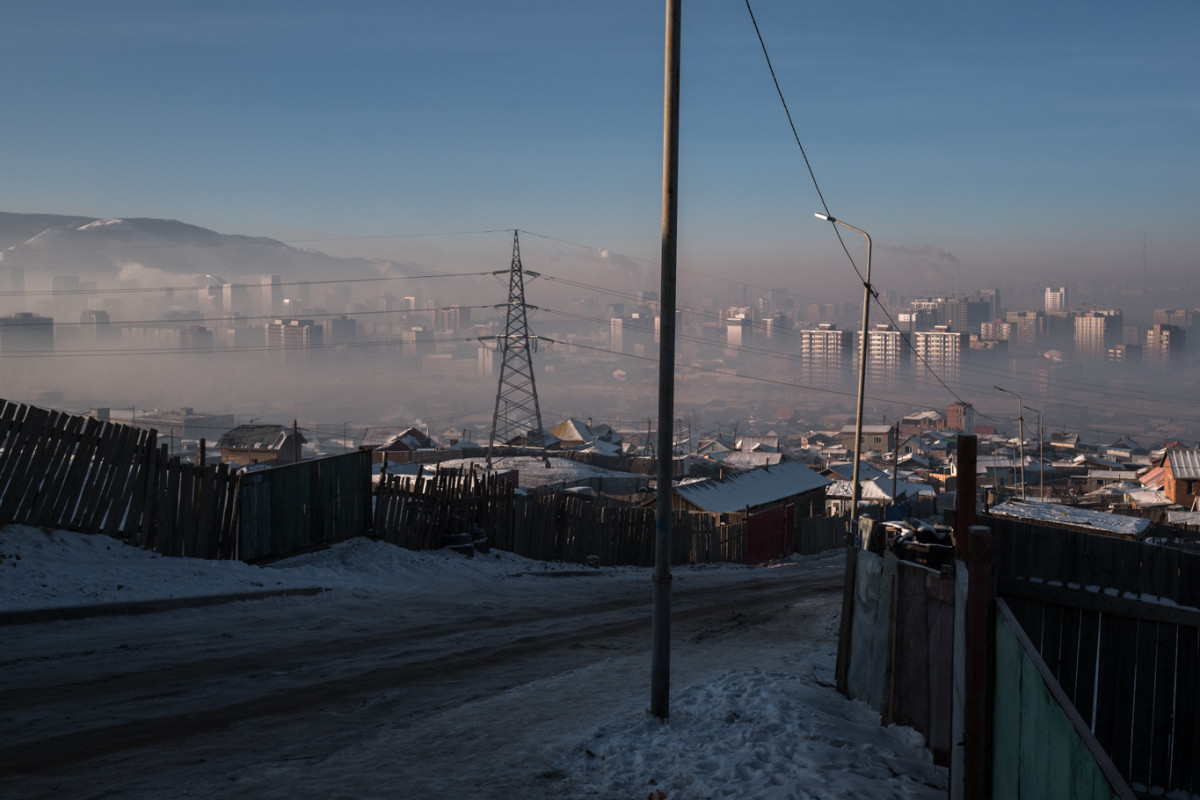Sustainable building in Mongolia: People in Need introduces high tech tools for architects, designers and engineers
Published: May 18, 2017 Reading time: 3 minutes Share: Share an articleUrbanization in Mongolia increases rapidly every year. By 2015 urban population reached 72%. While some herders settle closer to cities, some give up nomad lifestyle once and for all. Needless to say, life in the city is not easy for ex-herders’ families. They do not have the required skills and education for a well-paid job in the city and often are barely able to make ends meet. Lack of savings and absence of stable income push people to select the cheapest housing options. On the outskirts of the city, some of them set up their old yurts, while others build simple houses from the cheapest and most accessible materials. In Ulaanbaatar these settlements are called “ger districts” and the number of people living in them has already reached 60% of the total population of the capital. As infrastructure in the ger districts is underdeveloped (no central heating, no water supply, no sewage system), its residents are not only living in extremely poor conditions, but also heavily pollute the air and groundwater.

The environment situation of Ulaanbaatar and the health of its citizens deteriorate so fast, that the situation cannot be ignored any longer and requires immediate actions. Sustainable building is one of them. To build sustainably or “green” means to consider the environment in design, construction and operation; take pollution and waste reduction measures; use energy, water and other resources efficiently; use not-toxic materials, consider indoor air quality and many more.
However, despite the fact that Mongolian government cooperates with several NGOs as well as other private and public actors, and even signed a Memorandum of Understanding with the International Finance Corporation (a member of the World Bank Group) to jointly develop mandatory regulation and voluntary policies that will encourage and promote green building in Mongolia, the concept of sustainable building still remains relatively new and not widely used. Architects, designers and engineers are not familiar with green technologies and materials available.
To change that, People in Need in partnership with Mongolian University of Science and Technology (MUST) and Czech Technical Universities in Prague and Brno (CTU, BUT), cooperate to improve the quality of Mongolian higher education in the construction sector.
In 2016 four Czech teachers came to Mongolia and taught students on building energy consumption and efficiency, ecology and architecture. Moreover, students had been introduced to Building Information Modeling (BIM), to be precise Autodesk REVIT softwares – high tech tools that allow architects, engineers and other construction professionals to create more sustainable design by better planning ventilation, cooling, energy efficiency, heat gain etc.
“The REVIT workshop was very important for me” says Tsend-Ayush Tsedensuren, a 31-year-old construction engineer. “Mongolian construction sector had already started to use similar 3D software not only for planning, but also for maintenance of the buildings. To stay in-demand as an engineer is hard. You need to learn constantly and keep up with all modern technologies; otherwise you can lose the job. I have already downloaded the Revit MEP software and will learn it further”.
The project focuses not only on students, but on teachers as well. In 2016, two teachers from MUST went on a study tour to the Czech Republic. During one week they improved their teaching methods and expanded the knowledge of architecture and construction. By the end of 2017, more than 130 students will be trained on sustainable building and BIM technologies, and later present their pilot project on improvement of the “ger district” during an Open Door day at MUST. As expected, more than 20 professionals and teachers would be able to teach others on building energy auditing and BIM by the end of the project.
The project is possible thanks to financial support of the Czech Republic Development Agency.
PIN projects on sustainable construction
People in Need has been promoting green building in Mongolia since 2013, when it introduced sheep wool insulation as an environmentally friendly construction material. The project had been implemented during three years until 2016 and received positive feedback not only from small and medium enterprises, but also from the government. It helped reduce coal burning and CO2 emissions, created more than 80 permanent working places, trained 15 teachers of vocational schools and 21 small and medium enterprises on sheep wool insulation production. Four pilot houses with sheep wool insulation were built in three densely populated areas of Mongolia and more than 174 households used sheep wool to insulate their homes.



